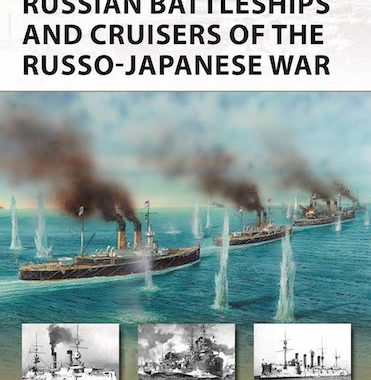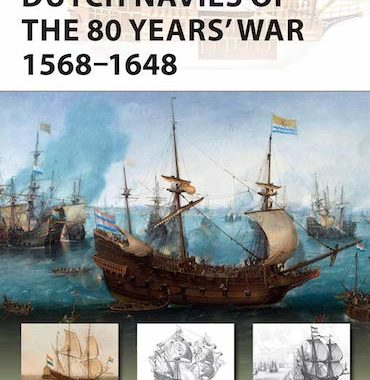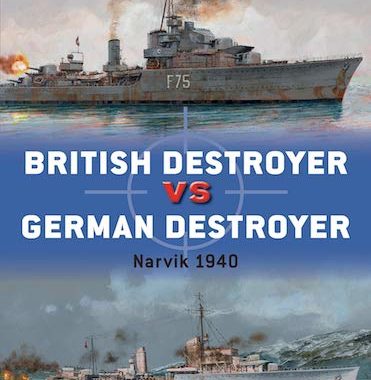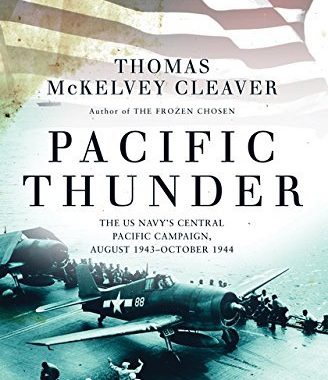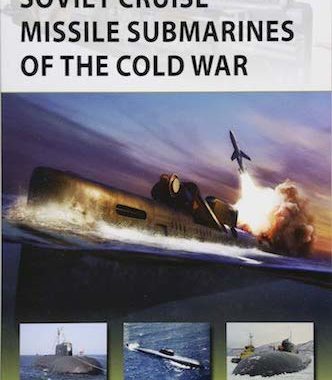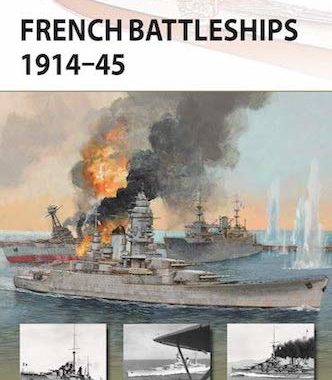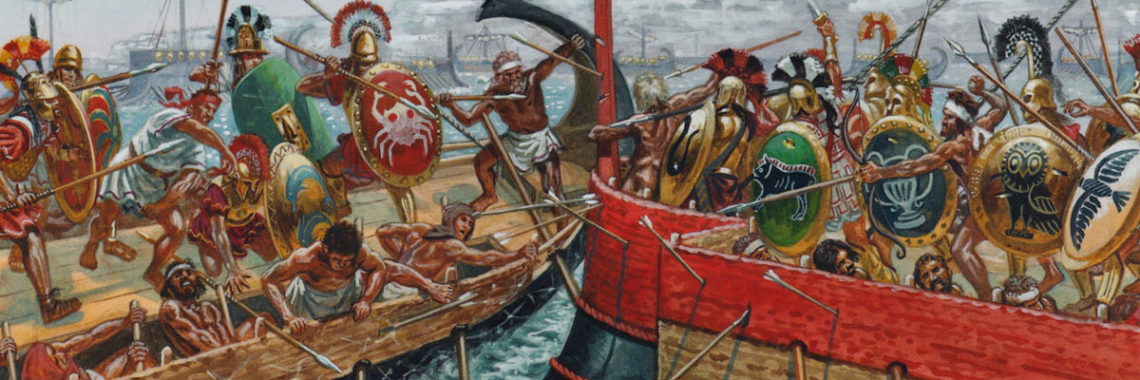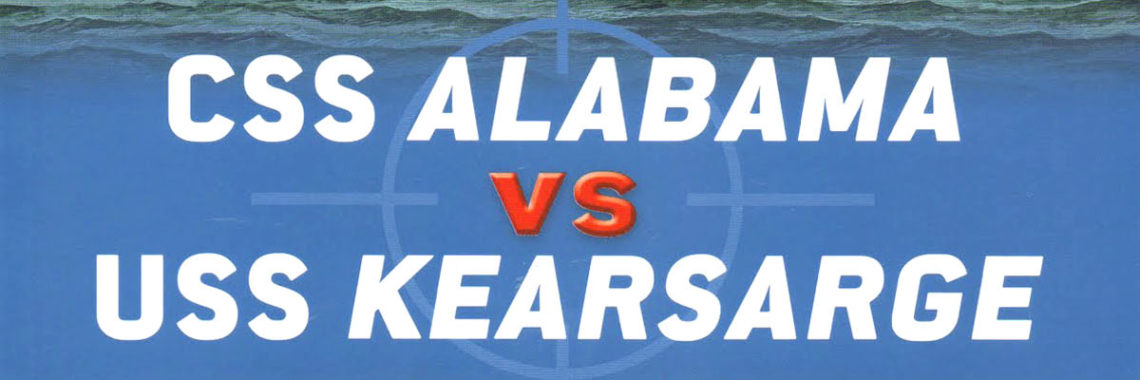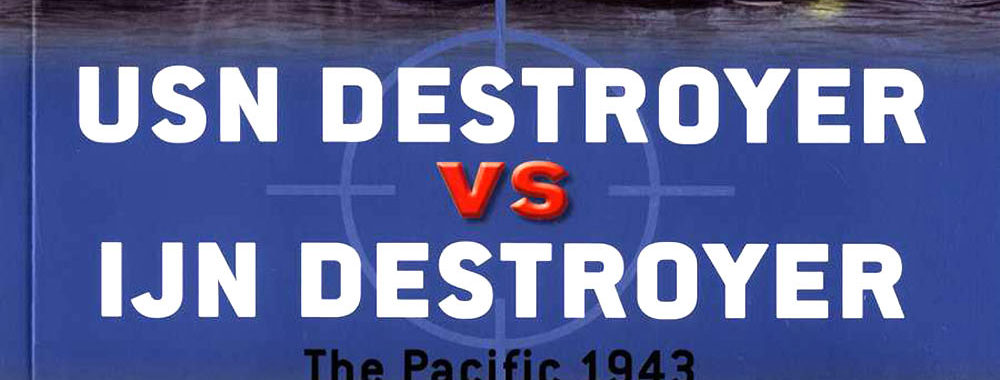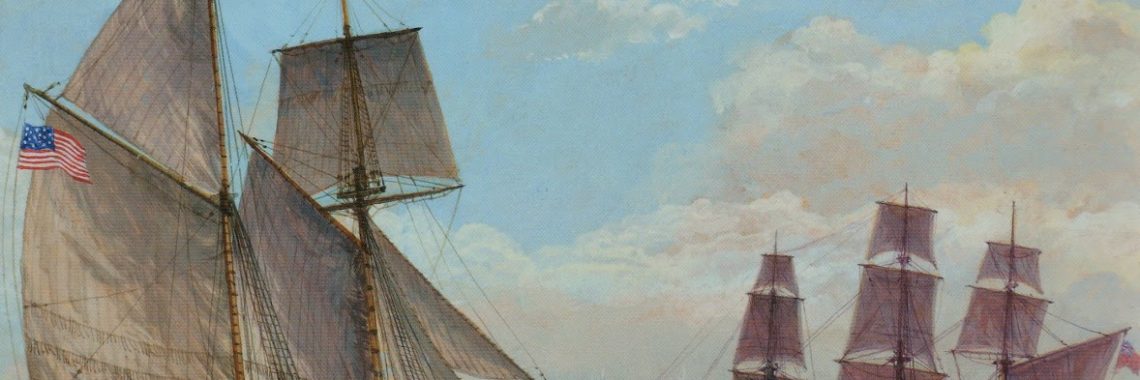Russian Battleships and Cruisers of the Russo-Japanese War
Mark Lardas’s Russian Battleships and Cruisers of the Russo-Japanese War (New Vanguard #275) delves into the little discussed Russo-Japanese War. In particular, the Imperial Russian capital ships that fought in the losing effort against an unexpectedly tough opponent in the first defeat of a European power by an Asian foe, with strong repercussions for all

